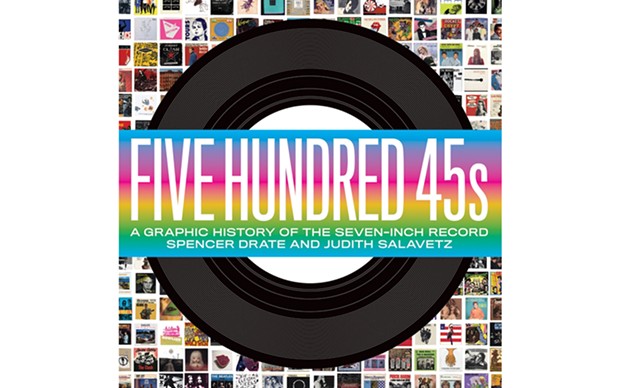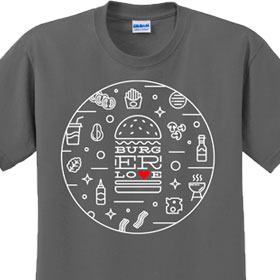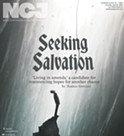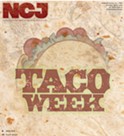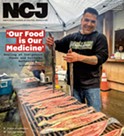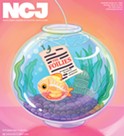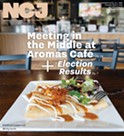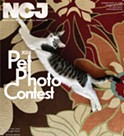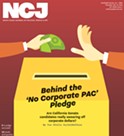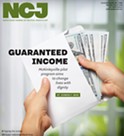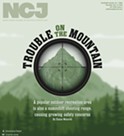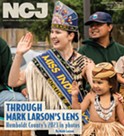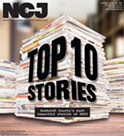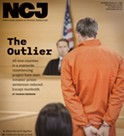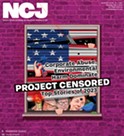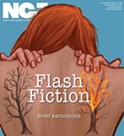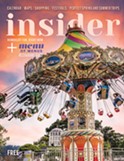Five Hundred 45s: A Graphic History of the Seven-Inch Record
By Spencer Drate and Judith Salavetz - Collins Design
By Mark Shikuma[
{
"name": "Top Stories Video Pair",
"insertPoint": "7",
"component": "17087298",
"parentWrapperClass": "fdn-ads-inline-content-block",
"requiredCountToDisplay": "1"
}
]
Like millions before me, my entryway into consuming popular music was the purchase of 7" 45 RPM singles. In 1973, I bought Irish pop singer/songwriter Gilbert O'Sullivan's "Get Down" and the re-released 1962 novelty hit "Monster Mash," by Bobby "Boris" Pickett and The Crypt-Kickers, pulled from the singles bin at a local drugstore. Paid in change, I handed over roughly two dollars for four songs (including the B-sides). The 7" vinyl was easily accessible, often enveloped in decorated sleeves, with photos of the band or singer. Created in 1949 by RCA Victor in response to Columbia's introduction of the 33 1/3-RPM Long Player ("LP"), the 45-RPM format took off in the 1950s, appealing to a younger market. The jukebox served as a perfect vehicle for popularizing varying musical artists of the day, with their songs played in scores of diners, pool halls, bars, bowling alleys and burger joints.
Building on his now out-of-print previous effort, 45 RPM: A Visual History of the Seven-Inch Record, Spencer Drate worked in collaboration with Judith Salavetz to produce this excellent and improved book of sleeve art, ranging from the 1950s to the present day. This is no mere retread: Employing an all-new collection of 7" sleeve art, its presentation, formatting, reproduction quality and packaging (including the laminated faux dust jacket) are all top shelf.
Drate and Salavetz painstakingly organized the 500 covers based on similarity in design, often juxtaposing singles that span decades. It's an interesting non-linear way to view graphic history, from the jazz noir design of Nat King Cole's 1957 "Just One of Those Nights" to Bruce Licher's letterpress-generated cover for REM's 1991 "Baby Baby." You see how graphic design for packaging music developed from graphics dictated by popular advertising, from mid-’70s UK art college-influenced subversion (Stiff Records' Barney Bubbles, Jamie Reid and Factory Records' Peter Savaille), to ’90s illustrators like Coop, Frank Kozik, Chris Ware, Gary Panter and Peter Bagge.
Five Hundred 45s serves to be a boss scrapbook for record collectors and aficionados, including a large number of rare, unusual and desirable singles. For graphic artists, the book serves as required reference, compiling a wide array of styles, designs and layouts. Drate and Salavetz also include a number of brief essays, most notably a foreword by musician/archivist Lenny Kaye, guitarist for the Patti Smith Group. Bruce Licher, the graphic designer who founded the LA-based punk group Savage Republic, talks about the art of the letterpress. John Foster offers a tribute to Sub Pop's art director, Jeff Kleinsmith. Five Hundred 45s is an excellent moveable feast, literally illustrating vinyl's endurance and the ever-developing art that wraps around it.
Comments
Showing 1-1 of 1
more from the author
-
Ai Weiwei: Never Sorry
Directed by Alison Klayman – Sundance Selects
- May 2, 2013
-
Untamed Beast
By Sallie Ford & The Sound Outside - Partisan Records
- Feb 28, 2013
-
Le Havre
Written and directed by Aki Kaursimäki - Criterion/ Match Factory
- Jan 24, 2013
- More »
